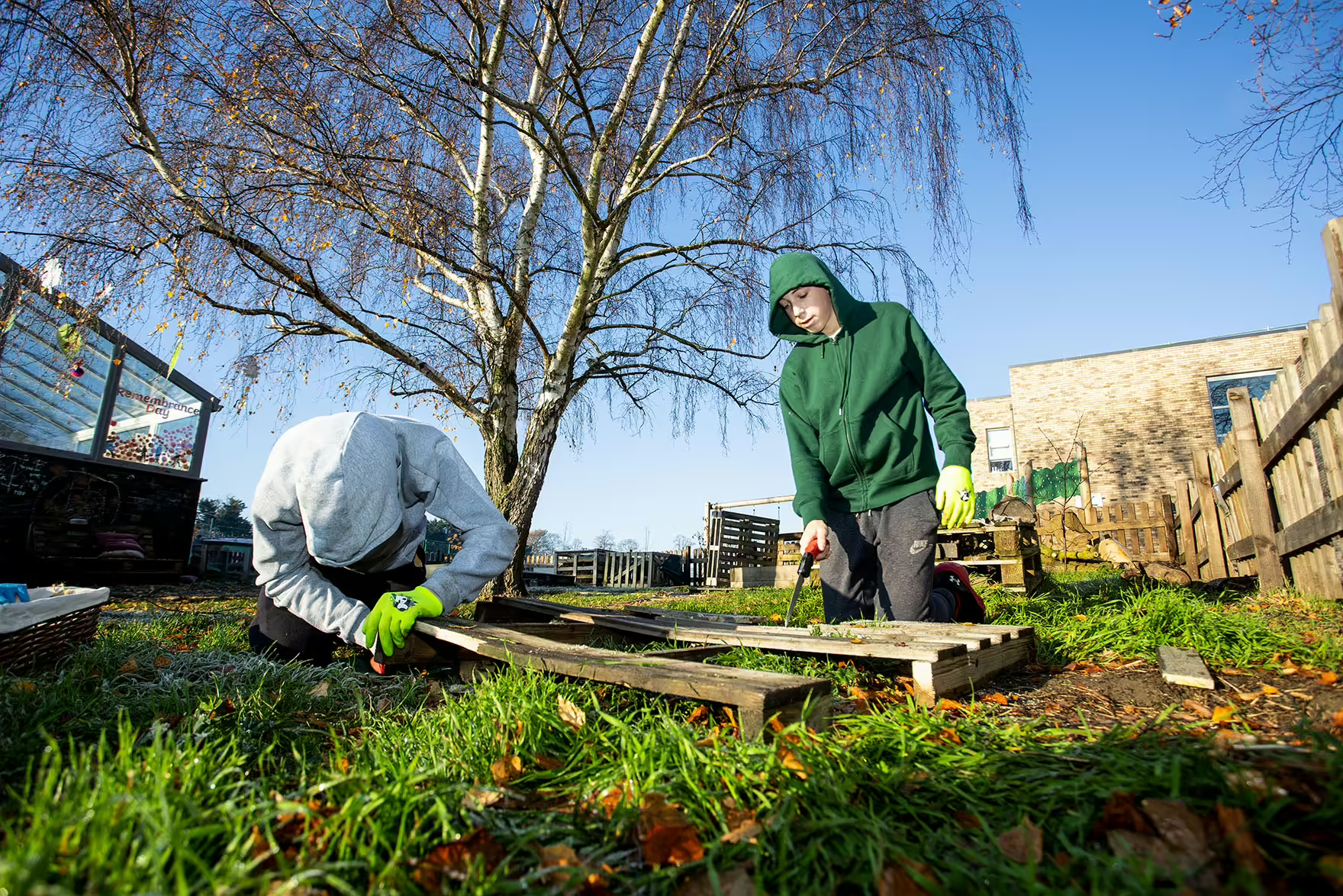Stephanie Smith, Head of School, The Cavendish School
For many autistic pupils, the planned school schedule offers a routine of activities and a comfortable timetable, helping them feel safe and secure when engaging in their day-to-day actions. Up to half of autistic children routinely experience high levels of anxiety, and changes in your child’s routine associated with the holidays can turn these feelings of anxiety into distress.
With some simple strategies and interventions, you and your child can explore ways to help them manage the transition to the summer holidays so that you can enjoy the time together.
Support their sequencing
If you have time to prepare, create a visual countdown to the beginning of the summer break. This can be helpful as some autistic children can find sequencing challenging so visual cues and aids identifying a logical order of activities can support their understanding of the approaching change. These could include an hourglass clock or a large clock face, reinforcing the passage of time.
Another visual action you can implement is a colour-coded or image-based activity planner. This could include a visual schedule for each activity planned during the summer break. Doing so can establish a clear separation of activities throughout the day, alerting your child to transition periods and helping them to process their schedule.
Plan sensory regulation activities
Allocating time for sensory activities throughout your child’s day can support them with their own self-regulation and to manage any overwhelming feelings they may be experiencing.
At The Cavendish School, our pupils start their day with sensory circuits, which prepares them for the day ahead but, during the summer break, there are numerous ways you can replicate these activities conveniently within your day. A visit to the local playground is a free and effective activity you can enjoy together.
Additionally, if the weather allows, you can create your own sensory circuit at home. A skipping rope provides a walk along activity, while pots, pans or buckets can be used to create stepping stones, and a plastic mat can provide sensory feedback while crawling. If the weather is poor, why not try building your own indoor fort as an escape from sensory stimulation. A weighted blanket provides proprioceptive feedback, which helps sensory seekers to relax.
Find your nearest autism-friendly organisation
Rising temperatures, crowds and noisy environments can all contribute to sensory overload, which may make it seem more difficult for you and your child to enjoy some activities as a family. However, a growing number of organisations such as cinemas, museums, swimming baths and stables are offering autism-friendly activities. Many autistic young people find it therapeutic to spend time with horses; it can help them to develop their communication skills, improve their motor skills and feel less anxious.
You can also harness your child’s special interests to create special memories together. If your child loves cars, why not try visiting a car museum together? Alternatively, spending times in the woods and hills can work be enjoyable for children who are interested in nature or love to be active. Sensory seekers may enjoy waterparks.
Explore coping strategies
With so many stressors during the holidays, it can be helpful to spend time exploring strategies that help your child to manage the symptoms of their anxiety. At The Cavendish School, our curriculum includes a Core Studies module that focuses on sharing strategies for our pupils to use when they feel anxious including rectangular breathing, alphabet games and mindful colouring. Practising these techniques together in advance will help you and your child to feel prepared for the transition period.
Prepare for the return to school
While the transition from term time to the summer break can be stressful for autistic children, so can the return to school – especially if they are starting a new school or moving to a new classroom.
By gathering pictures to share with your child and even creating a visual storyboard together, you can help your child to prepare for the start of the new term and ease the transition back to school in September.

Stephanie Smith

